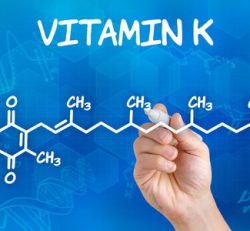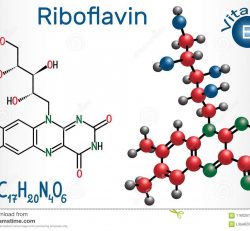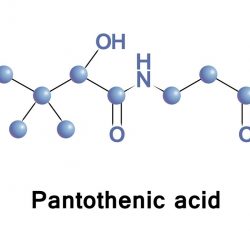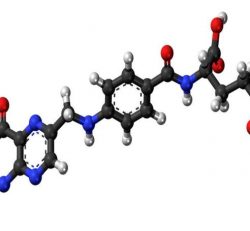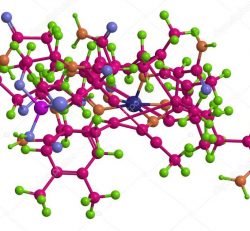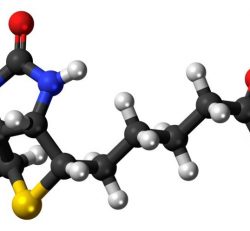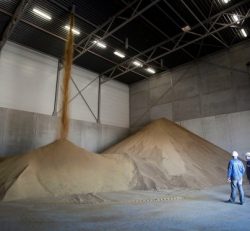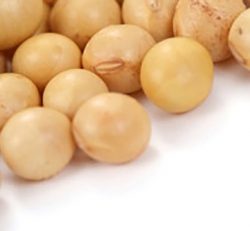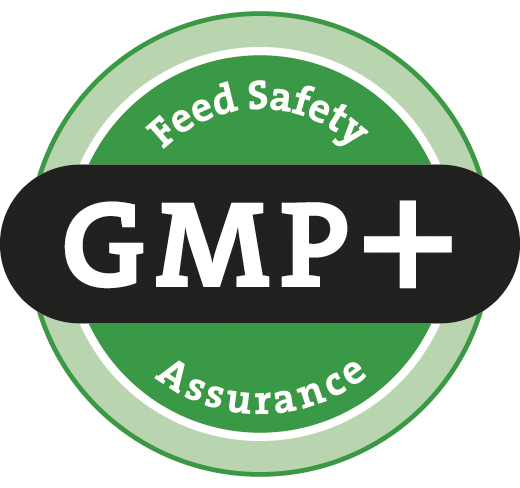GROWTH FOR SPECIALTY FEED ADDITIVES BUSINESS
The specialty feed additives market is projected to reach a value of US$ 11.12 billion by 2022, at a CAGR of 5.43% from 2016.
This is according to the research report “Specialty Feed Additives Market by Type (Flavors & Sweeteners, Minerals, Binders, Vitamins, Acidifiers, Antioxidants), Livestock (Swine, Ruminants, Poultry, Aquatic Animals), Function, Form, and Region – Global Forecast to 2022”, published by MarketsandMarkets.
Asia-Pacific to be fastest-growing
The demand for specialty feed additives is driven by the increase in consumption of meat and other animal products, owing to increasing per capita income of the consumers in the emerging countries such as India of the Asia-Pacific region. The demand for specialty feed additives in this region is driven by the growth in population, rise in disposable incomes, progressive urbanisation, and an increase in the demand for quality meat products. Among the types of specialty feed additives, the acidifiers segment is projected to be the fastest-growing from 2016 to 2022. Currently, acidifiers are gaining popularity in modern poultry farming to cure diseases such as ascites, which are triggered by different microbes (E. coli and Salmonella). A variety of acidifiers are blended with the feed in varying quantities, depending on the requirements of the livestock and its impact on the animals.
Palatability enhancers and liquid segment
The addition flavours and sweeteners help in increasing the palatability of the feed, which in turn leads to high feed intake by livestock animals and results in better performance. Thus, palatability enhancers are gaining a substantial position in the specialty feed additives market. The liquid form is preferred for specialty feed additives due to its ease of handling & mixing with the animal feed. Liquid additives serve as excellent carriers for feed and are nutrient-rich; they are also convenient and cost-effective as compared to the dry form. They make the feed highly palatable and increase their consumption among animals, which help in reducing feed wastage and labour requirements.
Souce: MarketsandMarkets


